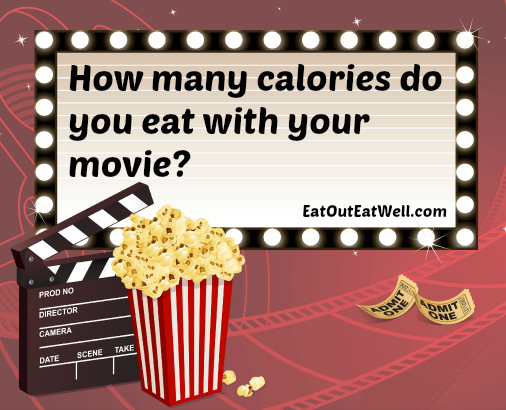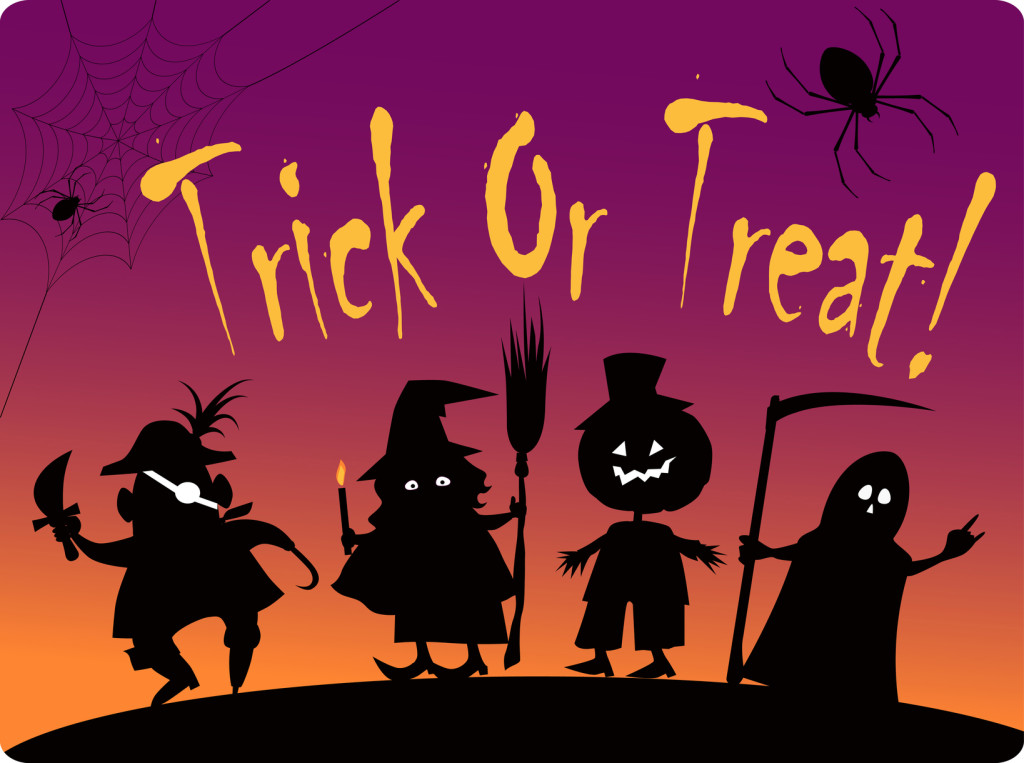
When you enter a movie theater lobby what do you usually notice first? After the cost of the ticket, it’s probably the delicious smell of freshly popped (maybe or maybe not) popcorn. It’s no accident that the concession stand with it’s popcorn popper and glass cases filled with the candy that reminds you that you were once a carefree kid — is right smack in the middle of the lobby. It’s there to send your already conditioned eyes, nose, and salivary glands an urgent message: “Buy some, eat some”!
There’s No Escaping the Movie Theater Munching
Even if you make it through the lobby without buckets and boxes in hand, all you have to do is sit down in the theater with someone near you noisily munching away. Up you go – back to the lobby and the concession stand.
It’s amazing what triggers us to eat. There’s a research study by the Cornell food lab that shows that people overeat when they have large portions — even when they don’t like the food. Moviegoers given stale popcorn in big buckets ate 34% more than people who were given the medium size of the same stale popcorn. People who had large buckets of fresh popcorn ate 45% more than people with the medium size.
If you’re going to eat it, at least give some thought to what you’re doing. Would a small size bag of popcorn rather than jumbo bucket do it for you? How about a regular candy bar instead of a king size? If the popcorn, pretzels, or nachos are stale and nasty do you really want them? Can you ditch the soda for plain old water or a sugar free drink (most 12 ounce sodas have between 9 and 10 teaspoons of sugar)? You could bring some healthy snacks with you — like a lower calorie protein bar or trail mix (a crunchy apple doesn’t lend itself to quiet eating).
FYI: Some Popular Movie Theater Snacks – And Their Calorie Counts
(Note the serving sizes, movie theater boxes of candy are often huge and may be double or triple the size shown below and what’s considered a large popcorn in one theater chain might be a medium in another. The number of cups of popcorn sounds crazy – but that’s how much is in the bucket or bag that’s commonly available.)
Popcorn, Nachos, Soft Pretzel
- Buttered popcorn, small, 5 cups: 470 calories, 35g fat
- Buttered popcorn, large, 20 cups: 1640 calories, 126g fat
- Cheese nachos, large (4 ounces): 1100 calories, 60g fat
- Soft pretzel, large (5 ounces): 480 calories, 5g fat
Soda and Lemonade
- Coke, small (18 ounces: 218 calories, 0g fat
- Coke, large (44 ounces): 534 calories, 0g fat
- Minute Maid Lemonade (18 ounces): 248 calories, 0g fat
- Minute Maid Lemonade (44 ounces): 605 calories, 0g fat
Candy
- Junior Mints, 3-ounce box: 360 calories, 7g fat
- SnoCaps, 3.1-ounce box: 300 calories, 15g fat
- Milk Duds, 3-ounce box: 370 calories, 12g fat
- Raisinets, 3.5-ounce bag: 400 calories, 16g fat
- Goobers, 3.5-ounce box: 500 calories, 35g fat
- Twizzlers, 6-ounce bag: 570 calories, 4g fat
- M&Ms, 5.3-ounce bag: 750 calories, 32g fat
- Peanut M&Ms, 5.3-ounce bag: 790 calories, 40g fat
- Reese’s Pieces, 8-ounce bag: 1160 calories, 60g fat



